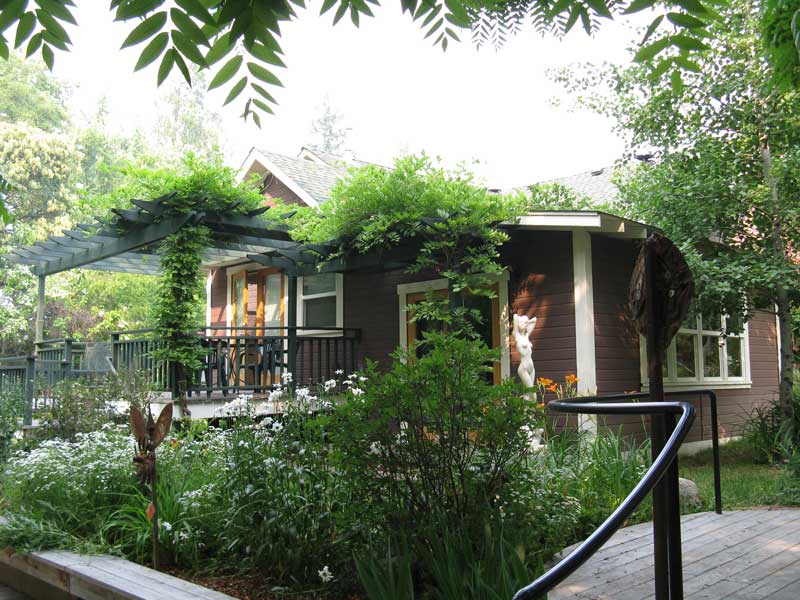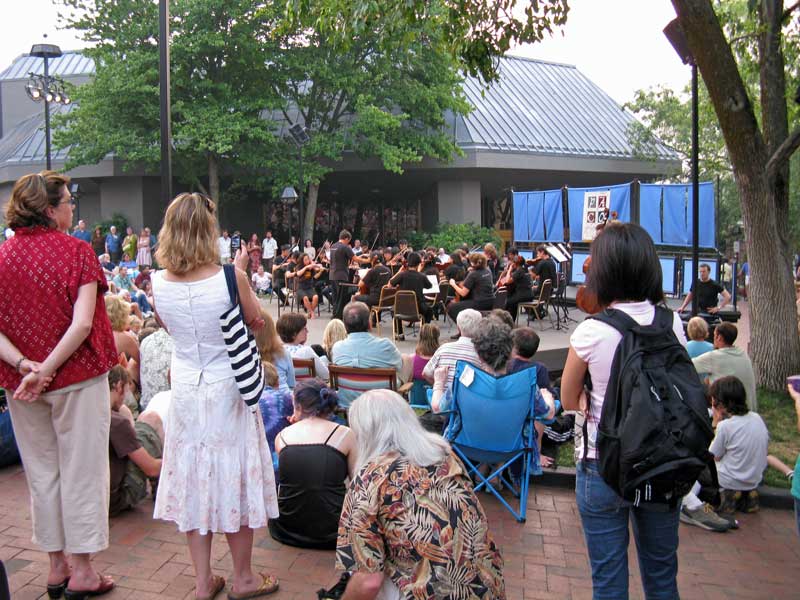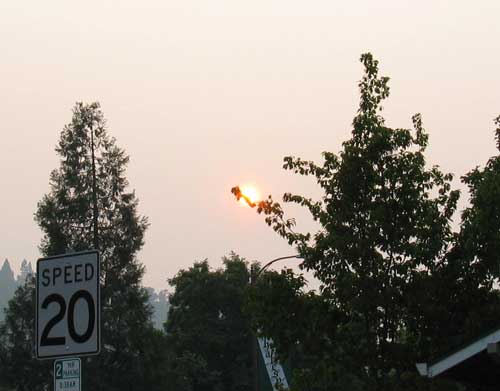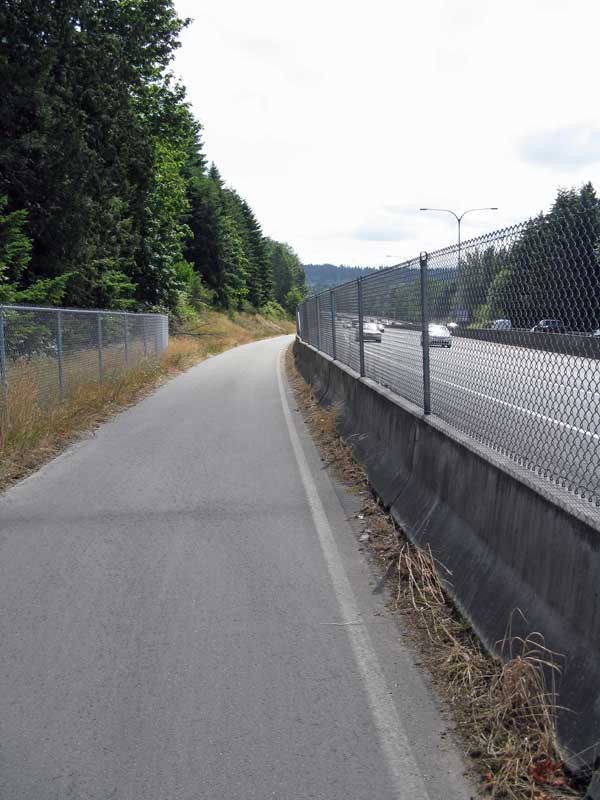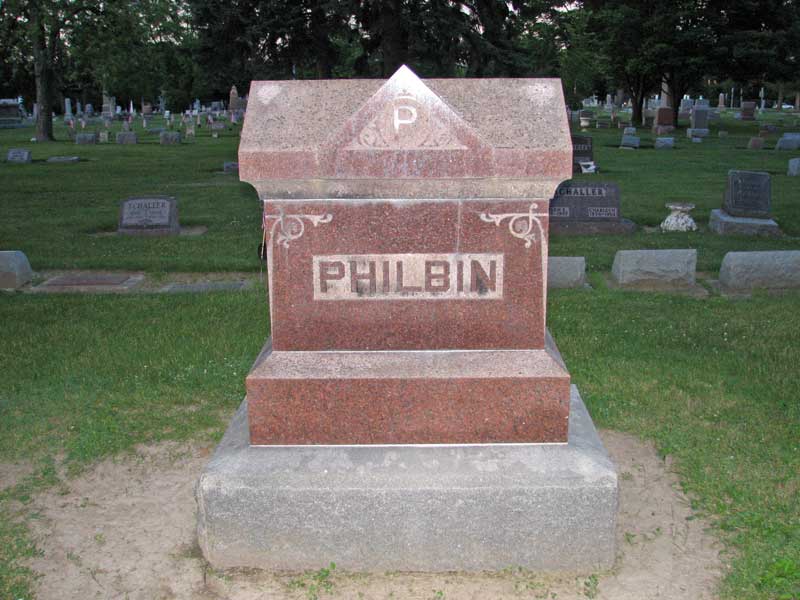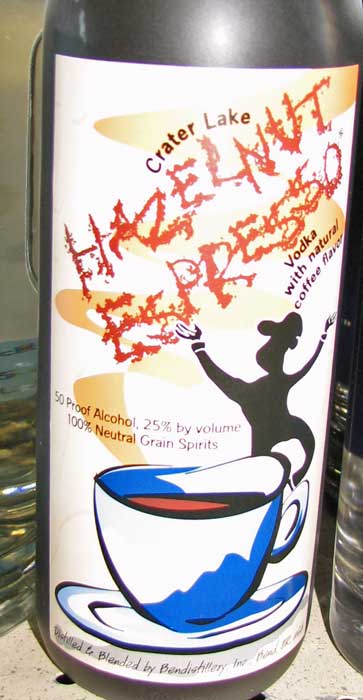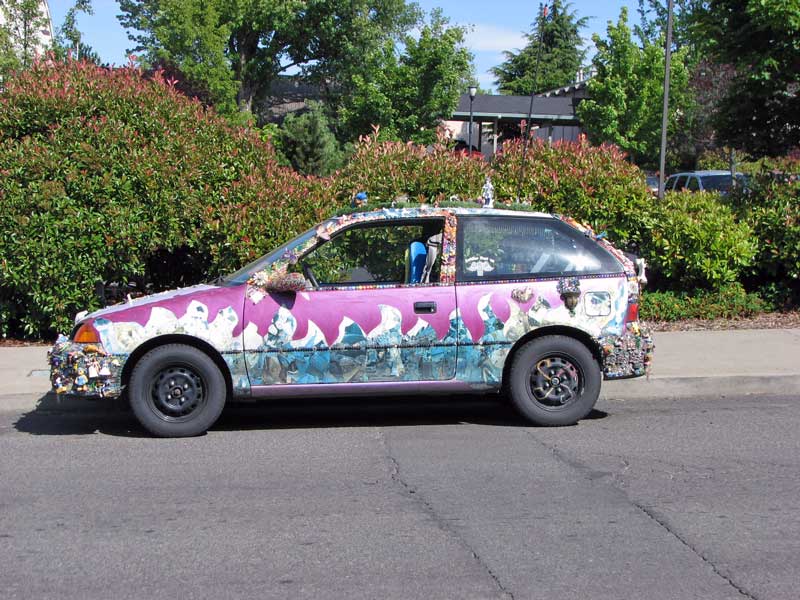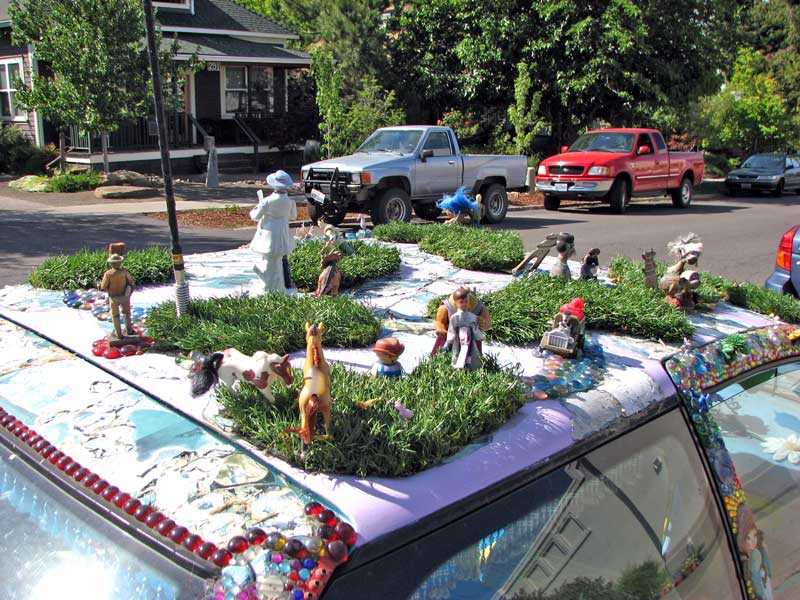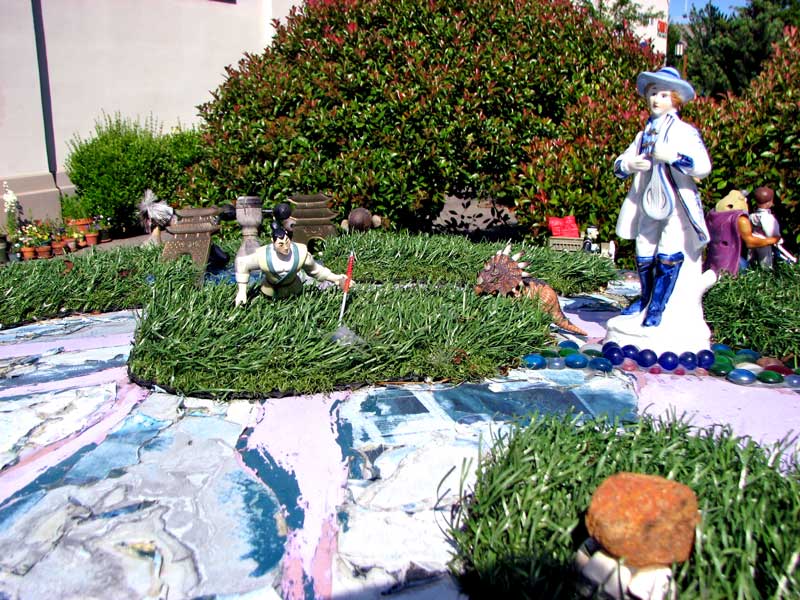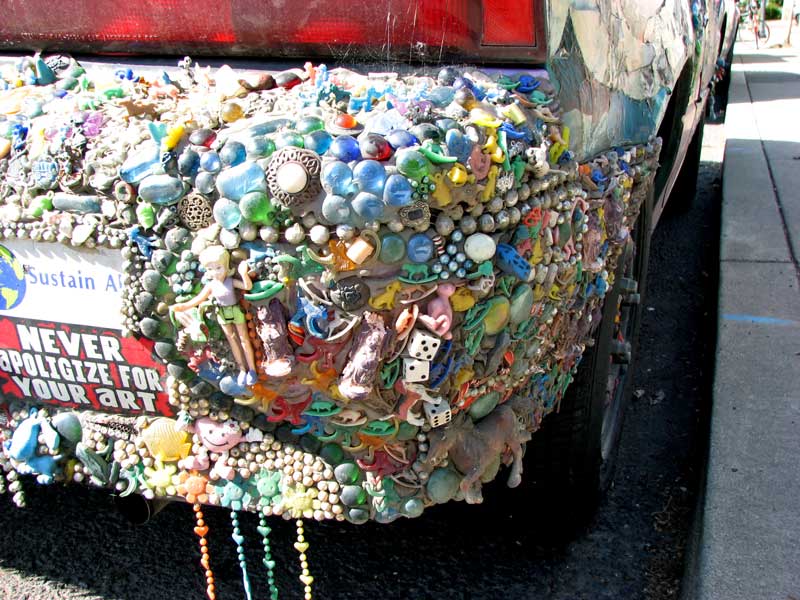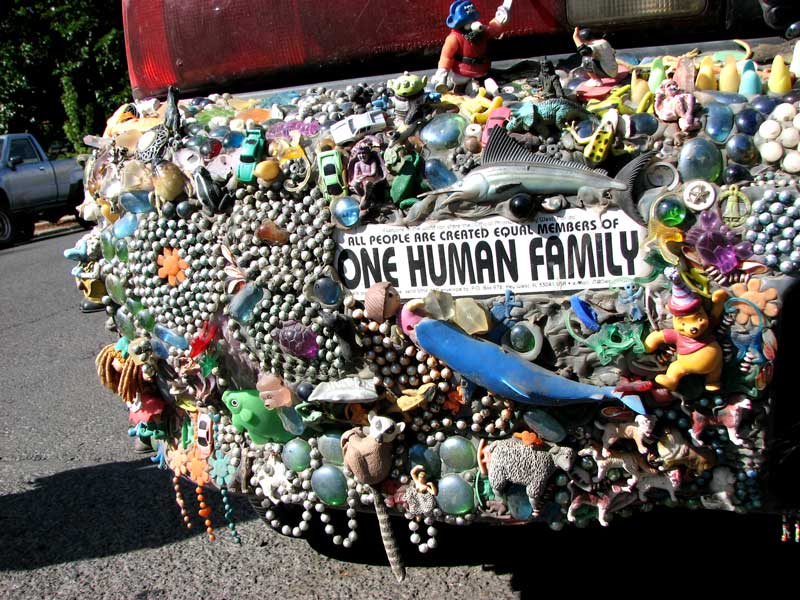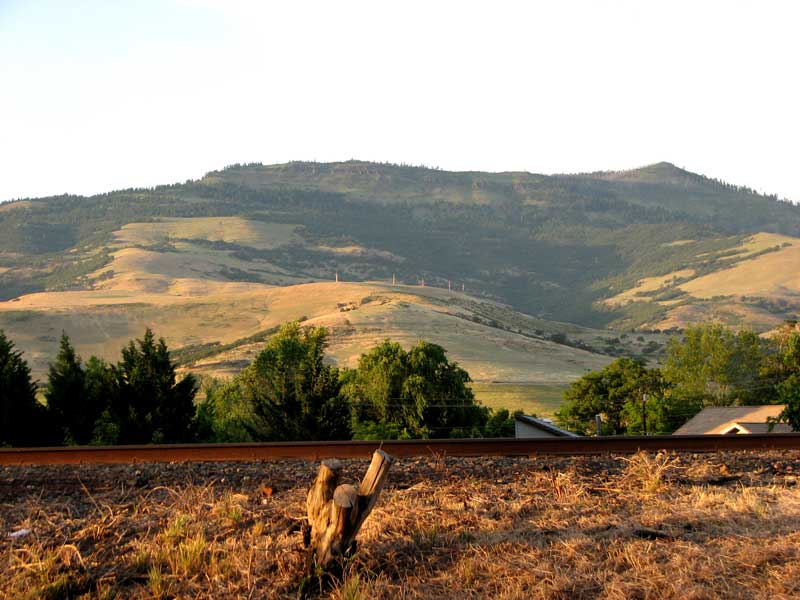Well, last week in Milwaukee engendered another of my inexplicable blackouts. I guess the combination of intense work and hotel nights just sucks away my inspiration.
On Friday night, I hopped over to Detroit, met up with my youngest brother, and we zipped down I-75 to Perrysburg to visit our mom for the weekend. She’s recovering nicely from a bout of pneumonia that had hospitalized her for a few days in late June (and scuttled her trip to join us in Ashland). My bro and I took a long walk around town with the specific purpose of seeing what has changed and what’s stayed the same, and to just revel a bit in the high midwest summer, which repaid us by behaving exactly according to type - 90-ish sunny heat, followed by a short rain squall, followed by more sun that created a foggy soup of palpably aqueous air.
I actually enjoy a bit of that kind of weather for nostalgic purposes, and marvel a little that we endured summers without a shred of air conditioning in our house.
Here are a few pics from our walkabout. It’s not unusual in our hometown to find homes flying flags or other insignia of either Ohio State or Michigan year-round. Despite the changes in weather throughout the year, there is a binary time-template superimposed over the year: football season, and not-football season. It’s not so usual, and it even speaks to a certain bothersome moral relativism, when you find the emblems cohabiting in such close quarters as this (Click any pic to enlarge):
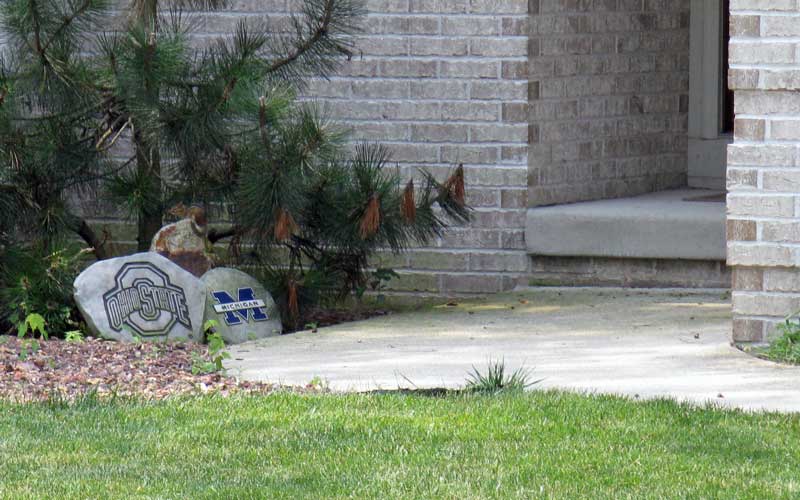
In this milieu, I am able to wear an OSU t-shirt without having to affect an air of irony in defense against west coast urban chic. Even a t-shirt commemorating our blow-out loss to LSU last year in the national championship game. You can get some idea of the heat and humidity from the shirt’s drenched state:

We walked through a street to which I stoically delivered newspapers in Jr. High, and emerged in the area of the municipal swimming pool, where we spent many a summer afternoon trying to position ourselves nonchalantly near ladders where a girl might emerge with just a little too much water weighing down her bikini top. This is also where Mrs. Perils worked as the cutest lifeguard ever..and to which we repaired one summer post-midnight to rewrite from a species standpoint the reason that W. C. Fields claimed to not drink water.
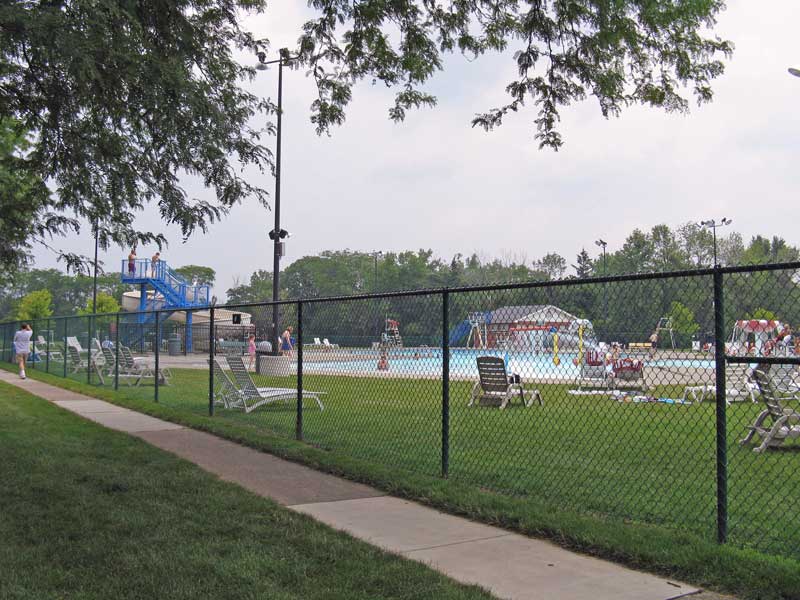
Just up the street we came upon the elementary school which my bro attended and where Mrs. Perils’ mother taught third grade. We think that was her room at the far left.
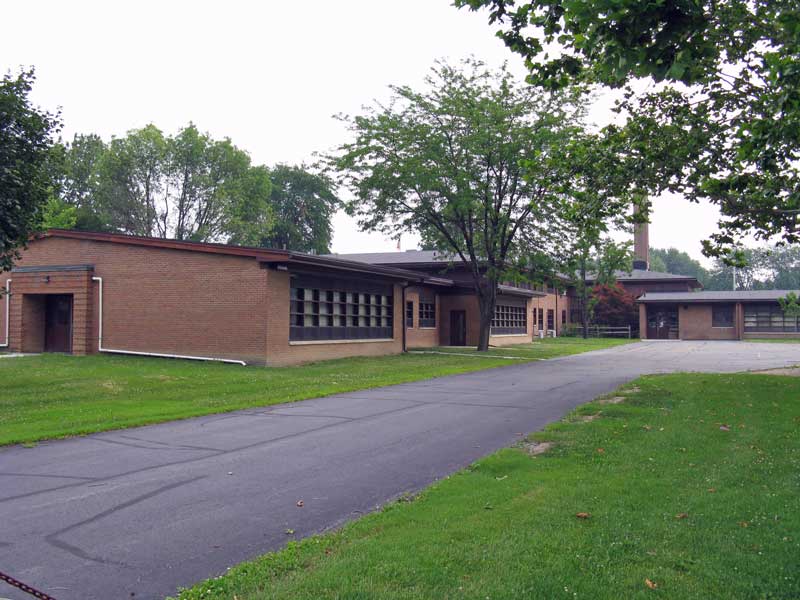
Perrysburg has a fairly typical midwest-town main street, at the end of which stands a statue of the town’s namesake, Commodore Oliver Hazard Perry. It’s unclear why his statue is flanked by two lesser statues of lounging cabin boys with hands firmly gripping their…swords, but Little Bro has apparently taken a liking to one of them:

The walk ends as we approach my mom’s house (in red brick. The house on the left was where my paternal grandparents lived). The place looks great now in summer, but the year my parents built it and moved us in (1961), it was a forlorn island in a sea of newly-graded dirt. Dirt which I toiled in that summer to plant grass, shrubs and trees, and upon which I toiled for many summers after with a push lawn mower. I actually ended up making my high school living mowing 5 or 6 such lawns in the neighborhood.
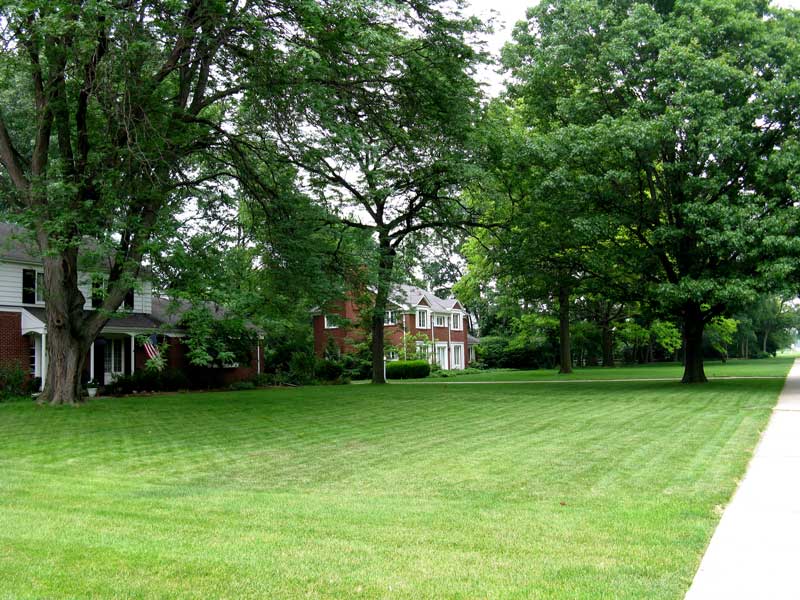
Our nostalgia for that agrarian toil found us on Saturday afternoon and Sunday trimming trees and bushes, planting a couple of Rhododendrons. The roseate glow of memory did not extend, however, to the legions of mosquitoes that attacked us unceasingly as we tore into their hidey-holes with clippers and rakes. As evening encroached, fireflies, which we don’t have in Seattle, flickered their Morse code of high summer, but by then I considered them merely as tracer bullets for the kamikaze mosquitoes. I retired to the house slick with sweat and festooned with mosquito body parts.
The three of us had a swell time, and it at least partially made up for my mom’s disappointment at having to miss the plays in Ashland.






